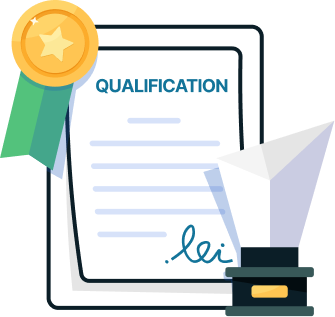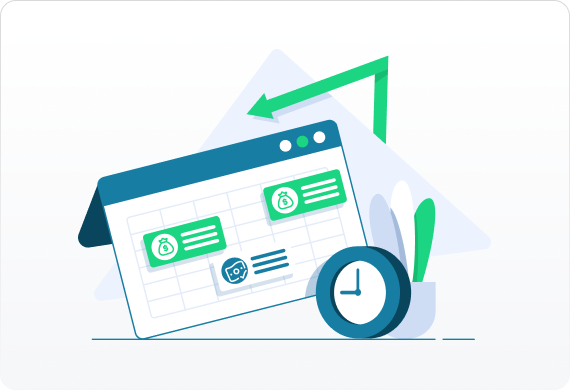The back of house equipment in your restaurant keeps it running. Without a stove to prepare food, a walk-in refrigerator to store meat and produce, or a delivery truck for the catering side of your operations, you might as well shut your doors. If a key piece of equipment broke unexpectedly, or you’re just getting started and need to equip a full kitchen, you’ll likely need to finance these purchases.
The average cost to equip a restaurant kitchen ranges from $40,000 to $200,000 depending on the type of restaurant, your menu, and your equipment needs. That’s only for the equipment, if you need to build out or renovate the space, the numbers can climb much higher. Most small business owners don’t have that much capital on hand. Restaurant equipment financing is a necessary part of opening and keeping a restaurant up and running.
If you’re ready to apply for a restaurant equipment loan now, you can apply online in just a few minutes. But if you’re still unsure how much you need to borrow, or the best loan product to meet your needs, read on.







